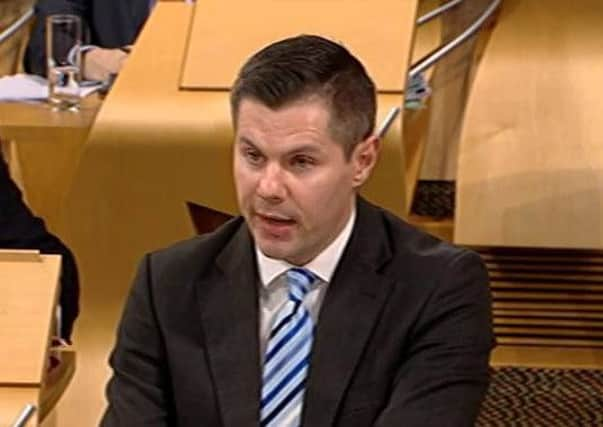Kenneth McEwen: Scots face tax gap with rest of UK
This article contains affiliate links. We may earn a small commission on items purchased through this article, but that does not affect our editorial judgement.


That’s the number of people paying income tax at the higher rate 40p north of the Border.
UK Chancellor Philip Hammond confirmed in his Autumn Statement that the point at which UK taxpayers will start paying 40 per cent income tax will increase to £50,000 during the lifetime of this parliament. That’s an increase of £7,000 on the current level at which the higher rate kicks in, and it’s already been confirmed that the first step towards that increase will happen on 6 April 2017, when the level will rise to £45,000.
Advertisement
Hide AdAdvertisement
Hide AdThe Scottish Government has had limited powers to set income tax in Scotland since 6 April 2016, but these powers are extended from 6 April 2017 and will include the ability to determine rate bands as well as rates.
In 2016-17 the Scottish Government chose to keep parity with the rest of the UK. However, when former chancellor George Osborne first proposed the hike in the 40 per cent band, First Minister Nicola Sturgeon said a tax cut of this nature in Scotland would be “the wrong choice”.
The Scottish Government has previously indicated that the higher rate threshold will increase to just £43,387 next year, meaning hard working Scots will suffer an additional £323 in income tax compared to their English, Welsh and Northern Irish neighbours.
With a tax gap set to open and potentially widen over the coming years, there is an increased risk of Scotland’s top earners moving south, something which our economy can ill afford. Indeed, the current world-wide trend to reduce corporation tax rates underlines the importance of a competitive tax system to stimulate and drive economies.
Ruth Davidson, leader of the Scottish Conservatives, has previously spoken of her fears of Scotland becoming the highest-taxed part of the UK and has accused the SNP of “clobbering hard working families”.
Land and buildings transaction tax, which replaced stamp duty land tax, already penalises purchasers of expensive property in Scotland. Anything paid in excess of £325,000 in Scotland will attract a rate of 10 per cent, whereas that level of tax only applies at £925,000 south of the Border.
With the next Scottish Parliament election not expected until 2021, there is possibility that a real tax gap will develop between Scotland and the rest of the UK.
• Kenneth McEwen is tax director at accountant and business adviser Henderson Loggie
